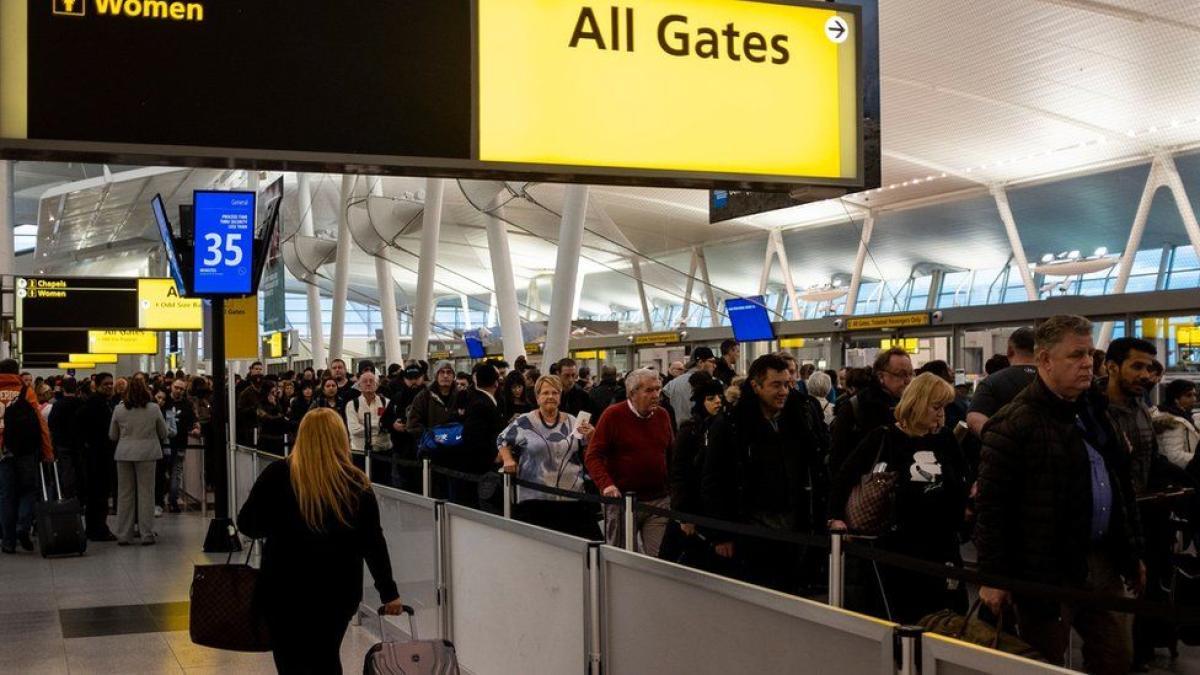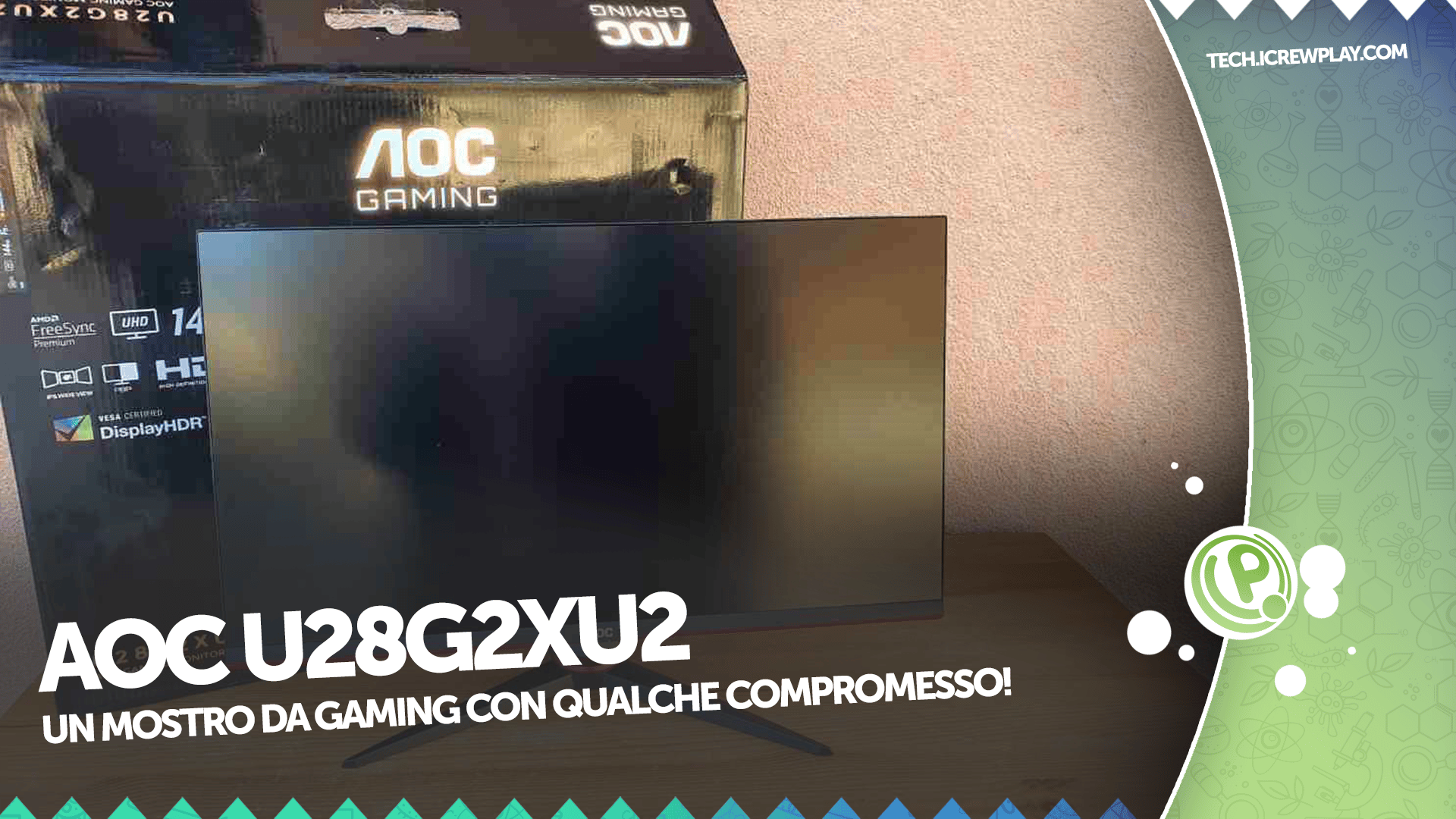Uncertain information should not be branded as false news, writes journalist Pekka Vahvanen in his column.
At first the data were reported to be ‘unconfirmed’. Many called them “gossip”.
Since 1941, activists and Jewish organizations had reported to politicians and journalists about the massacres committed by the Germans. They did not receive much weight in Western publicity at the time.
Back in 1944, head of the U.S. Department of Military Information Elmer Davis did not want to publish the story of two Jews who had fled the Germans about the extermination camps. Americans would not believe such wild stories, Davis reasoned.
When Allied soldiers liberated the camps, the truth about the atrocities emerged.
A similar still life is common in the atrocities of history, writes Samantha Power In his Pulitzer Prize-winning book A Problem from Hell.
For a long time, the information is scarce and contradictory. The culprits have a strong need to label reports of atrocities as lies or gossip. When the evidence is evident years later, historiography makes ignorant contemporaries look indifferent.
Genocide are an extreme example, but they illustrate how problematic it is to brand uncertain information without false news.
However, this is being done at an accelerating pace. The fast-paced serial work of Facebook, Twitter and Youtube sensors involves flagging the flight, which is true and what is a lie – even when experts aren’t sure yet.
Especially during a corona pandemic, the task has been almost impossible.
In another horizontal cup, there is a fear that street men will believe in viral ghosts rather than science. In the second horizontal cup, there is a danger that the scientific and other public debate will be cleansed of critical voices in the face of fears that challenge the views of the authorities.
A slight slope is visible. Digital giants and traditional media may at times have stifled disinformation with the risk that not all factual arguments will be heard.
A good example is one of the biggest questions of our time: where did the coronavirus that killed millions come from? The idea that the pandemic originated at the Wuhan Institute of Virology is one possible explanation.
The British Medical Journal has deservedly documented how, at the start of the pandemic, a group of scientists consciously sought to label the laboratory hypothesis as a steamy conspiracy theory.
A key role was played by the leader of the research organization EcoHealth Alliance Peter Daszak, which secretly conducts a statement by 27 scholars in The Lancet.
Daszak had collaborated with the Wuhan Institute of Virology, for example, to make SARS-related coronaviruses more dangerous. Of course, he didn’t want the focus to be on his risky experiments.
Largely because of Daszak’s maneuver, the laboratory hypothesis began to be flagged as false news and conspiracy theory. Facebook banned talking on its platforms for about a year. The dissident researchers feared for their funding and did not dare to take a stand in favor of the labeled explanatory model.
In recent months, however, the situation has changed. In scientific journals, the laboratory hypothesis has become a salon-worthy theory, and researchers are calling for a more comprehensive study of the origins of the pandemic.
However, China has blocked factual investigations, still stigmatizing laboratory theory as a lie, and the Wuhan Institute’s databases are also inaccessible.
Of course, the cover-ups by the Daszak team and the Chinese government do not in themselves indicate that the pandemic left the laboratory. Even the destruction of evidence from a crime scene is not necessarily the murderer.
Discourse the origin of the coronavirus illustrates how the conspiracy stigma is a means of blackmailing those who present arguments unfavorable to themselves. Those with power are more likely to silence the conversation with stamping axes.
The U.S. authorities considered it a civil rights activist Malcolm Xalternative interpretations of the assassination for a long time as conspiracy theories.
Last month, however, a court in New York ruled that two men convicted of murder 55 years ago are innocent. However, one of them had already died in 2009. At the same time, it was reported that the prosecutor, New York City police and the FBI had obscured the evidence related to the case.
The re-investigation of the murder is not straightforward, as almost all those involved in the case have died and the shotgun used in the murder has disappeared from police.
So-called conspiracy theories can sow unnecessary suspicion in the authorities, but they can also increase transparency. A good example is Oliver Stone movie JFK – open case. It presents the theorizations of several presidents John F. Kennedyn the shooter was largely influenced by the fact that Congress enacted a law to expedite the publication of documents related to the murder.
In the Liberal in a democracy, the authorities rarely mislead your consciousness. It usually makes sense to trust them.
Education should reduce people’s straying from unfounded ignorance and blatant untruths.
But education must also encourage critical thinking and challenging the obvious. Questioning is a central virtue of an open society and modern science.
It is often thought that when dissenting parties lie under the ground in peace, historians arrive to tell what really happened. This may not be the case if contemporaries have contented themselves with incomplete explanations and branded all questioners as conspiracy theorists.
.
#week #Sensors #Facebook #Twitter #Youtube #tuned #impossible #task #truth #wrong







